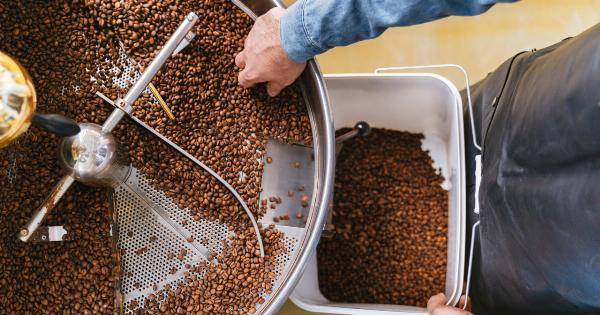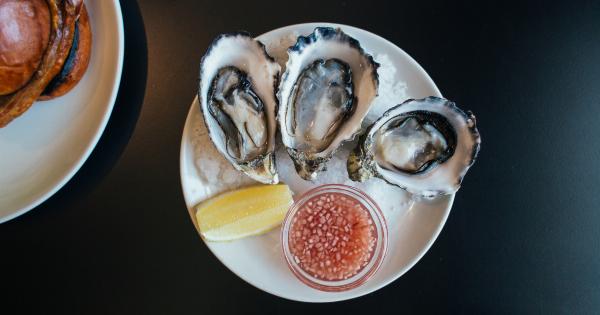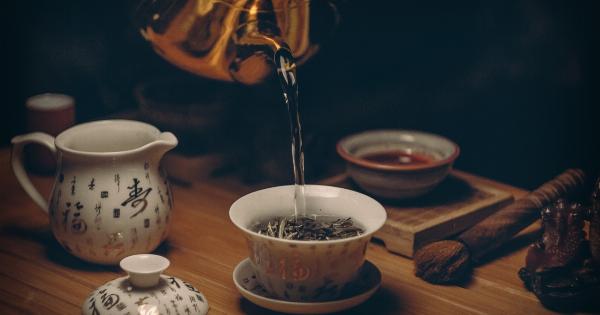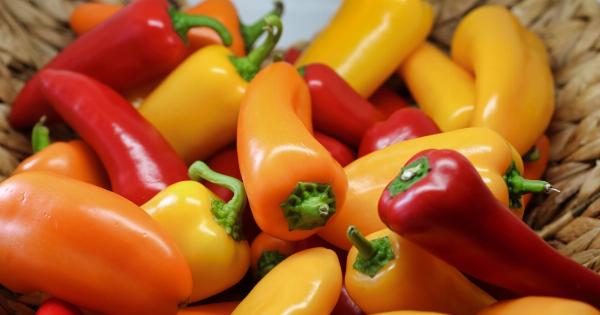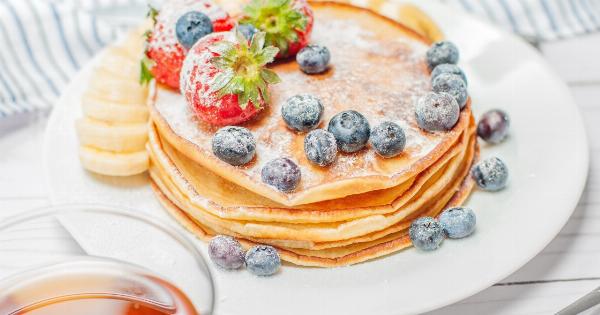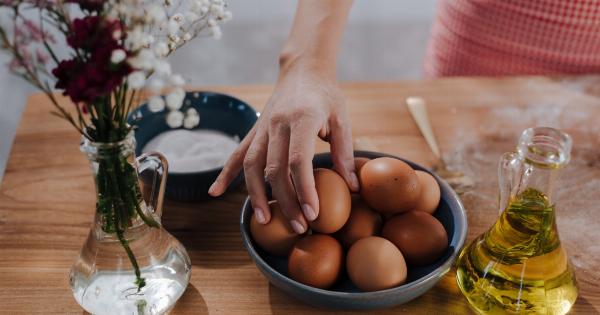Chocolate has long been a favorite treat for many people around the world. Whether you are enjoying a sweet treat after dinner or indulging in that craving during the day, chocolate is always there to satisfy.
But, have you ever stopped to consider the timing of the roasting process that creates that delicious chocolate flavor?.
What is Chocolate Roasting?
Chocolate Roasting is a process that takes cocoa beans and transforms them into that chocolatey flavor that we all know and love. Roasting allows the essential oils and flavors to be released from the cocoa beans.
Without roasting, cocoa beans would taste bitter and acidic. Roasting the beans also removes moisture from them, allowing them to be ground down into a smooth paste.
When is the Best Time to Roast Chocolate?
The timing of the roasting process is crucial to creating that perfect chocolate flavor. Roasting the beans too long or at too high a temperature can cause the chocolate to have a burnt flavor.
Roasting the beans too little or at too low a temperature can cause the chocolate to have a bitter taste.
So, what is the perfect timing for roasting chocolate? The answer depends on the type of beans being used and the desired flavor profile of the chocolate.
Generally, beans are roasted for between 10 and 35 minutes at temperatures ranging from 240°F to 300°F.
The Science Behind Chocolate Roasting Timing
The timing of the chocolate-roasting process depends on several factors, including the type of cocoa beans and the desired flavor profile of the chocolate.
The roasting process involves the application of heat to cocoa beans, which influences the flavor and color of the cocoa solids and cocoa butter.
In order to understand the science behind chocolate roasting timing, it is important to understand the chemical composition of cocoa beans. Cocoa beans contain several important chemical components including minerals, carbohydrates, proteins, and fats.
Cocoa also contains molecules called flavonoids, which give the chocolate its unique flavor. When cocoa is heated during the roasting process, these flavonoids break down, producing a variety of new flavor compounds.
How Does Roasting Time Affect Chocolate Flavor?
The duration of the roasting process directly affects the flavor of the finished chocolate product.
Roasting times that are too short can cause the beans to have an intense, bitter flavor, while roasting times that are too long can cause the chocolate to have a burnt or ashy flavor.
When cocoa beans are roasted for an extended period of time, the fats within the beans can break down, resulting in a loss of flavor and aroma in the finished chocolate product.
On the other hand, if cocoa beans are not roasted long enough, they can be underdeveloped, resulting in an unpleasant bitter taste.
What Factors Influence Roasting Time?
Several factors influence the roasting time of cocoa beans. The type of beans being roasted, the moisture content of the beans, and the desired flavor profile of the chocolate all play a role in determining the optimal roasting time.
The moisture content of the beans is one of the most critical factors influencing roasting time. Beans with a higher moisture content require a longer roasting time to fully develop the desired flavors and aromas.
Similarly, beans with lower moisture content can be roasted more quickly.
The desired flavor profile of the chocolate is another important consideration when determining roasting time. Different flavors can be achieved by varying the roasting time and temperature.
A slow, low-temperature roast will produce a chocolate with a subtle, fruity flavor, while a high-temperature roast can create a more robust, earthy flavor.
Conclusion
Roasting chocolate is a delicate process that requires precise timing to achieve the desired flavor profile. Too little roasting can yield a bitter chocolate, while too much roasting can produce a burnt or ashy taste.
The ideal roasting time and temperature depend on several factors, including the type of beans being roasted, the moisture content of the beans, and the desired flavor profile of the chocolate.

